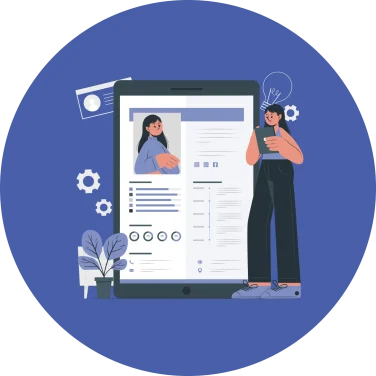Regardless of the industry competitiveness of an enterprise, its experience and existence in the industry, its journey to transform the business and performance… any enterprise will have to adopt to the “Business-led, Data-driven HR model” in the next two to three years.
HR positions the HR organization to play the key role in fostering people management capabilities that organizations need for better performance. Business driven HR will look at answering a new set of HR challenges such as; Chart a mandate to drive the talent agenda and help attract the best talent, drive alignment and discover the opportunity to better leverage technology and talent analytics.
The new model of HR presents an opportunity to skip beyond traditional HR models. Three important remarks on the desired Business-driven HR model at enterprises are;
Business Insights-
A business-driven HR operation will ensure proper talent is attracted to the organization and are used productively to achieve business goals. Contribution of this talent pool will drive organization towards, profitability, market share and other tangible & intangible outcomes expected by the organization. These business imperatives and insights on profitability growth, market share growth etc. will ultimately prove the effectiveness of the new “Business-driven HR Model”.
Flexibility of HR
When HR demonstrates agility & flexibility coupled with continuous and strong coordination, it unlocks high business performance in all departments across the organization
Link between C-level-HR-External Stakeholders
Business driven HR model, properly designed and executed will create an inextricable link between C-level management, HR and the external stakeholders. The new HR model will present the opportunity for HR to develop themselves to stand toe-to-toe with the C-level in terms of strategizing the business. Thereby they should be able to go beyond the company and connect with the external stakeholders (customers, suppliers, vendors etc.) along with the C-level, which will help HR and the C-Level understand which aspects/skills they need to incorporate into upcoming talent management strategies.



